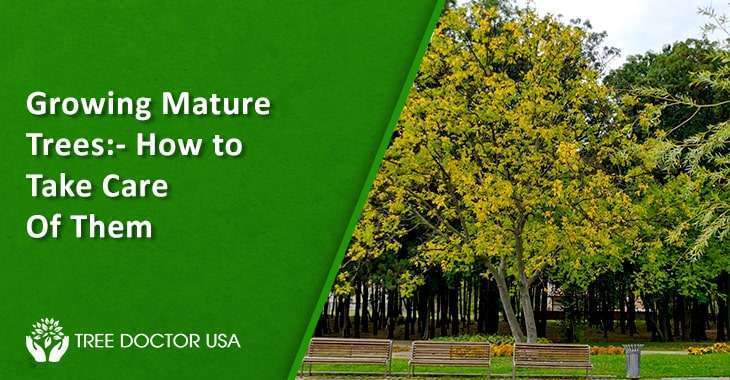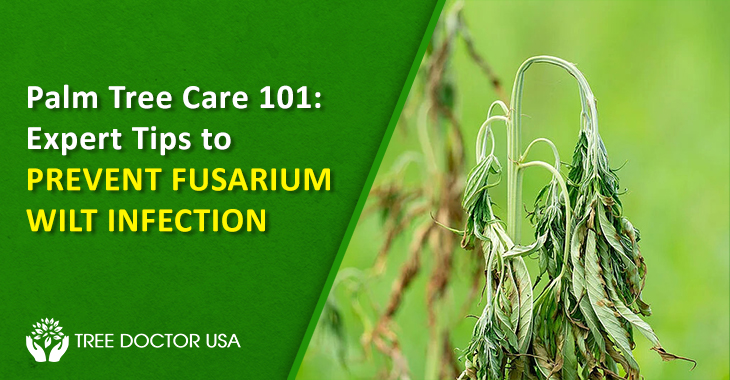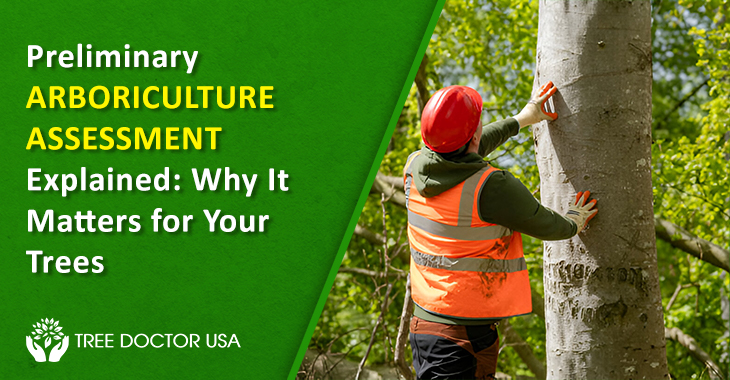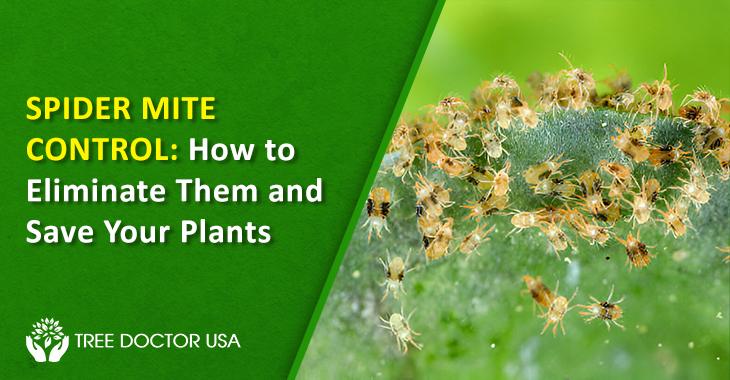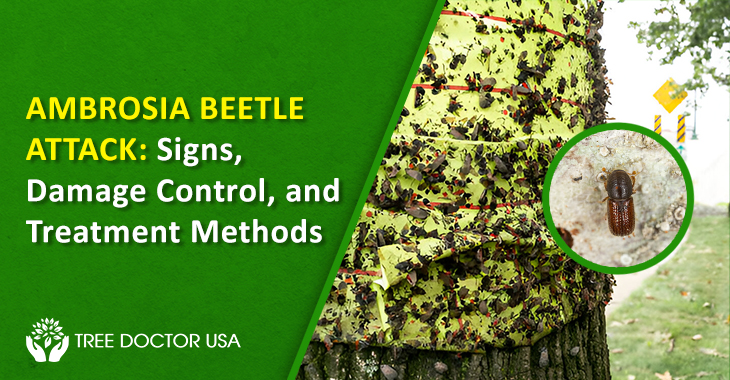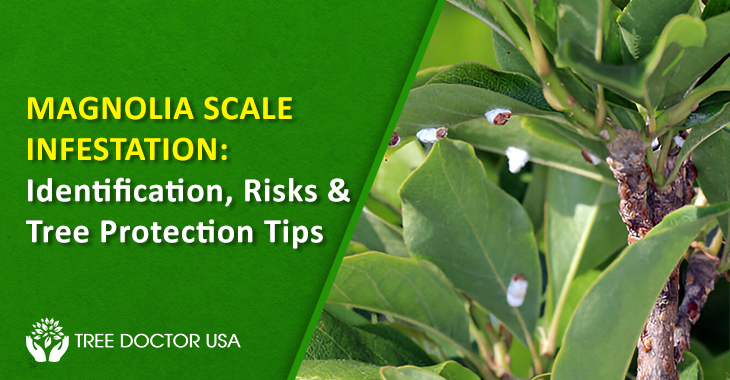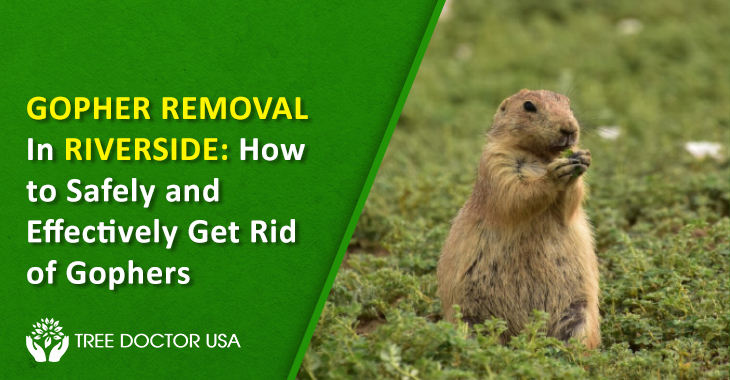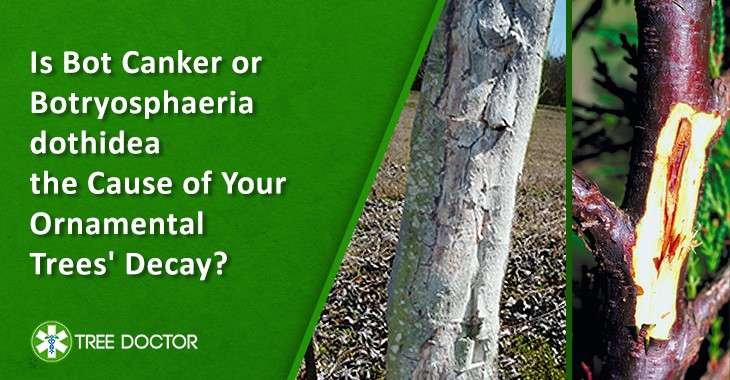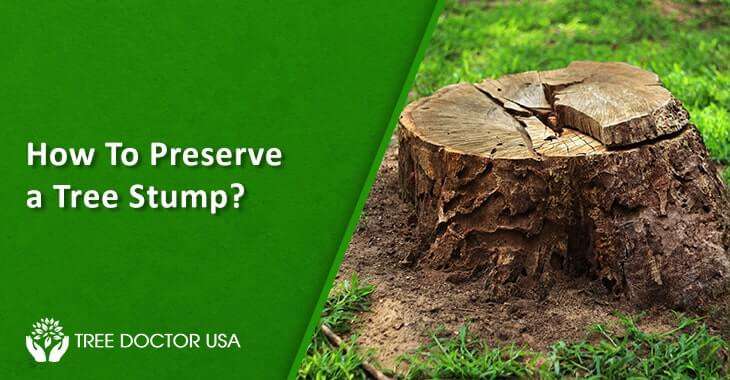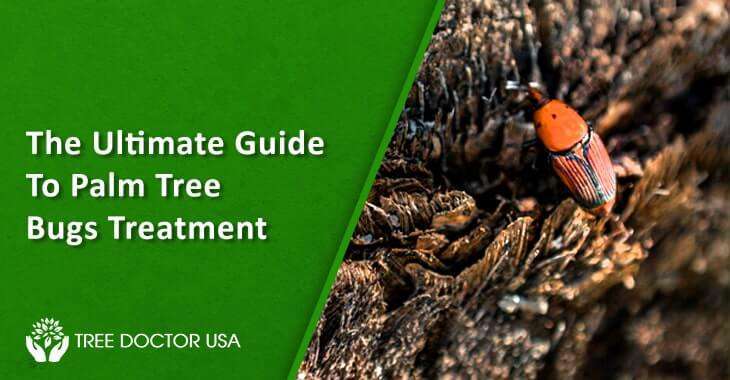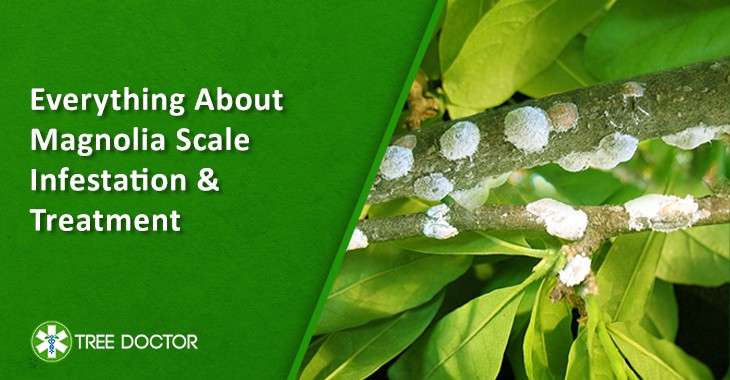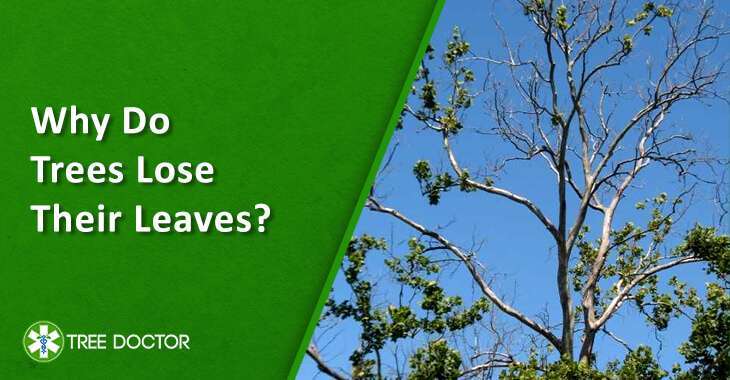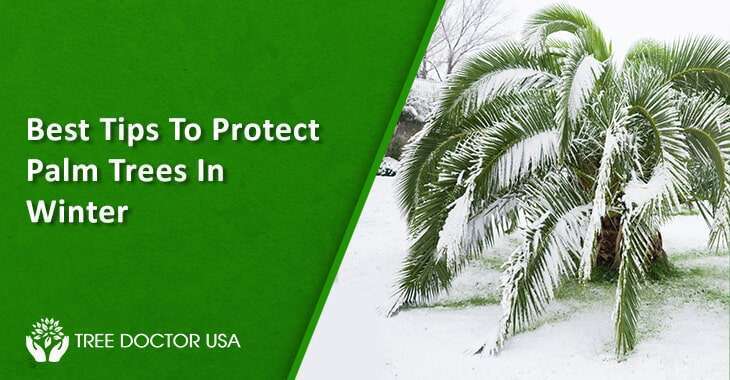Growing Mature Trees: How to Take Care Of Them
Mature trees are precious ornaments that offer numerous benefits without taking much from humankind. However, like other living beings, they have a few requirements to battle environmental challenges and natural calamities. Over the years, mature trees have been subjected to flood, wind, drought, pollution effects, and many other hazards. It takes their productivity and fertility away. That’s why mature tree care is significant, but many don’t know how to care for mature trees.
Below mentioned are a few notable techniques you can use to retain the vigor of mature trees. However, you must stay careful using them as mature trees are more susceptible to diseases, pest infestation, environmental hazards, etc. Take professional Tree Health Services from Tree Doctor USA if you fail to learn them.
1. Tree Assessment
Inspecting mature trees can be a daunting task. Trees can reach immense heights and have complex root systems that are difficult to assess. Take a systematic and measured approach to achieve the maximum out of an inspection.
- Start by looking at the tree from a distance and pay attention to any visible signs of stress and damage. Use a ladder to inspect the tree crown and any visible dead and diseased leaves.
- Examine tree branches and try to find symptoms of tree disease, such as cankers and discoloured barks. Check for obvious structural issues such as splits, cracks, and hollows.
- Assess the tree trunk, and inspect the roots and soil. Search for signs of soil compaction, root rot, and girdling. After finding potential issues, customize a treatment plan before they become threats to tree health care.
2. Soil Testing
Soil testing helps understand nutrient deficiencies and other issues the tree might be facing silently. To begin the process, take a soil sample from the tree root zone.
- Use a spade or trowel to collect the sample from several locations and combine them in a bucket for testing. Next, take the sample to a lab for analysis.
- The lab will measure the pH, Nitrogen, Phosphorus, and Potassium levels. Once you have the result, you can plan the treatment and help the tree grow well.
3. Tree Fertilization
Fertilize your trees in the early spring before the leaves start emerging. It is considered the best season for mature Tree Fertilization. Prefer using slow-release fertilizers to avoid encountering overgrowth issues.
- To start the process, choose a fertilizer specially formulated for mature trees, as regular fertilizers can burn the roots.
- Spread the fertilizers evenly around the tree base and avoid involving the trunk. Use enough fertilizers to cover the entire root zone equal to the width of the tree canopy.
- After fertilizing, water the area thoroughly to let the soil absorb micro-nutrients. At last, keep an eye on tree growth to identify signs of nutrient deficiencies, pest infestation, and other problems concerning tree health care.
4. Tree Pruning
You must be cautious while Pruning Mature Trees because it can damage the tree extensively. Vigorous pruning reduces leaf surface area that wounds the tree and leads to an energy deficit.
- Create a detailed plan after inspecting the tree thoroughly. While pruning mature trees, you should focus on eliminating dead, diseased, crossing, overgrown, rubbing, and rotten tree parts.
- Once you have identified them, use sharp pruning shears or a saw to remove them. Always cut the branch at the correct angle, making it above the branch collar.
- Use a sealant to protect the cut area from disease and decay. With the technique and tools, you can improve the tree structure and keep it healthy for the future.
5. Tree Mulching
Mulching mature trees is way harder than mulching young and growing trees. You may struggle with the right technique and direction while handling the tree. Use these tips to effectively mulch the tree.
- Remove existing grass and weeds present around the tree base. Then outspread a layer of mulch base around the main trunk, and avoid piling it.
- Two to four inches is the recommended depth of the mulch layer. Spread the mulch base uniformly and cover the entire root area.
- Avoid clamping the base together in a single place. Water your tree to provide extra moisture and help the mulch settle better.
6. Tree Irrigation
Mature trees need a specific amount of water to stay vigorous, but an inadequate quantity can be detrimental to tree health. To overcome this issue, use a slow, deep watering method. The method gives the tree a deep drenching once or twice a week. Follow these steps to properly water the mature tree standing in your yard.
- Give the tree enough water that penetrates the top 12-18 inches of soil. Set up an irrigation system, use a sprinkler or soil moisture probe to avoid over-watering, and give the right amount of water.
- Irrigate the tree at least once a week according to requirements. Water twice or thrice a week in dry climate areas or during drought season.
These practices can be hard to master as you don’t know how to care for mature trees. We suggest you consult Tree Doctor USA arborists and take their service to ensure the longevity of your trees.
How Can Tree Doctor USA Help Extend The Life Of Mature Trees?
Arborists at Tree Doctor USA are well-versed in mature tree healthcare techniques. They have experience in identifying potential issues that may damage the tree in the future or lead it to early death. Our arborists know the best methods to prune, fertilize, and water the tree.
They offer tree pest, insect, and disease control treatments to procure tree vigor. You can take their advice and tree care services to maintain your trees well, stimulate new growth, enhance the lifespan and restore the damage.
Conclusion
Mature nurture wildlife, biodiversity, vegetation, and life on Earth. They release oxygen in large quantities and absorb carbon dioxide, filtering air pollutants from the environment. You must take care of them or get professional tree care services to ensure their safety and well-being.

